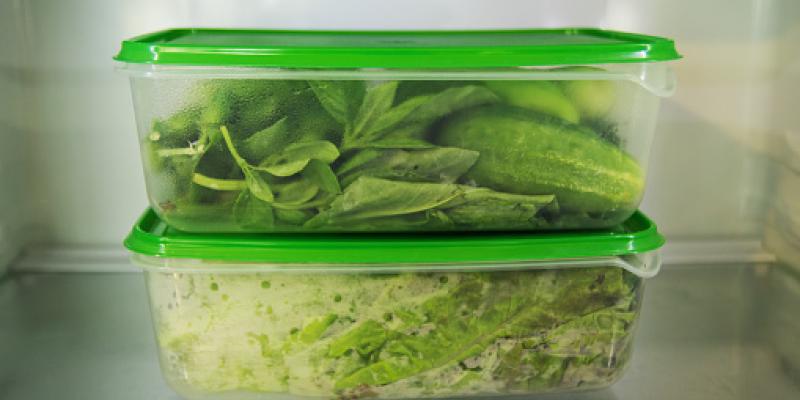
By Daniela Johnson
Don’t let produce sit at the back of the fridge for a week. Instead, plan your meals ahead of time and stick with it.
When you toss a mealy apple in the trash, where does it go? According to theUnited States Environmental Protection Agency (EPA),94% of the food we throw away ends up in landfills. Food waste is a social, environmental and economic issue: it is a root cause of world hunger and contributes to methane emissions, which are more powerful than CO2. The U.S. alone wastes about 30-40% of its food supply, totaling to a loss of $161 billion. The good news is there are small steps we can take to reduce our daily food waste. Here are four to get you started.
1. Ignore best-by dates.
Best-by dates are misleading. The dates are there to help consumers determine food “quality” and have no reflection on safety.The United States Department of Agriculture Food Safety and Inspection Service (USDA), offers clarity on this topic.Unfortunately, people throw away billions of pounds of food each year based on the belief that they are no longer safe to consume. To help reduce your food waste, don’t automatically toss items out that are past their expiration dates. Instead, rely on appearance, smell and taste to determine edibility. Many items stay fresh for weeks beyond their stamped dates.
2. Plan your meals.
Spoiled food is a common contributor to daily food waste. Not only does it contribute to methane emissions but it wastes the energy that went into production and transport. Don’t let produce sit at the back of the fridge for a week. Instead, plan your meals ahead of time and stick with it. Make a habit out of eating all of your food before purchasing anything new. When food does spoil, you may still be able to use it. For example, you can make croutons from stale bread and smoothies with bruised fruits and veggies. Get creative with your meals.
3. Freeze foods.
Choosing frozen over fresh can reduce opportunities for spoilage. Frozen veggies and fruits are harvested at their peak and flash-frozen, so they keep their nutritional value and outlast the shelf life of fresh produce. Monitor raw meat and poultry in your fridge and throw them in the freezer before they spoil to consume at a later date.
4. Store food properly.
Another simple tip for wasting less food has to do with storage. In general, keep your fridge at 40 degrees Fahrenheit and your freezer at 0 degrees Fahrenheit to ensure food safety. Produce like tomatoes are best stored solo. They naturally emit gas as they ripen causing nearby foods to go bad prematurely. Also, washing berries ahead of time can lead to mold growth. Hold off washing until you’re ready to consume them in order to extend their freshness. Want more food storage help? There’s an app for that.The FoodKeeper Appwas developed with the USDA's guidance in mind aided byCornell Universityand theFood Marketing Institute.
We can’t solve the problem of food waste individually, but each of us can reduce our daily food waste one small step at a time. Make 2020 the year you commit to lowering your carbon footprint with more mindful food choices. As a bonus, you’ll probably save some cash along the way, as wasted food results in wasted money.